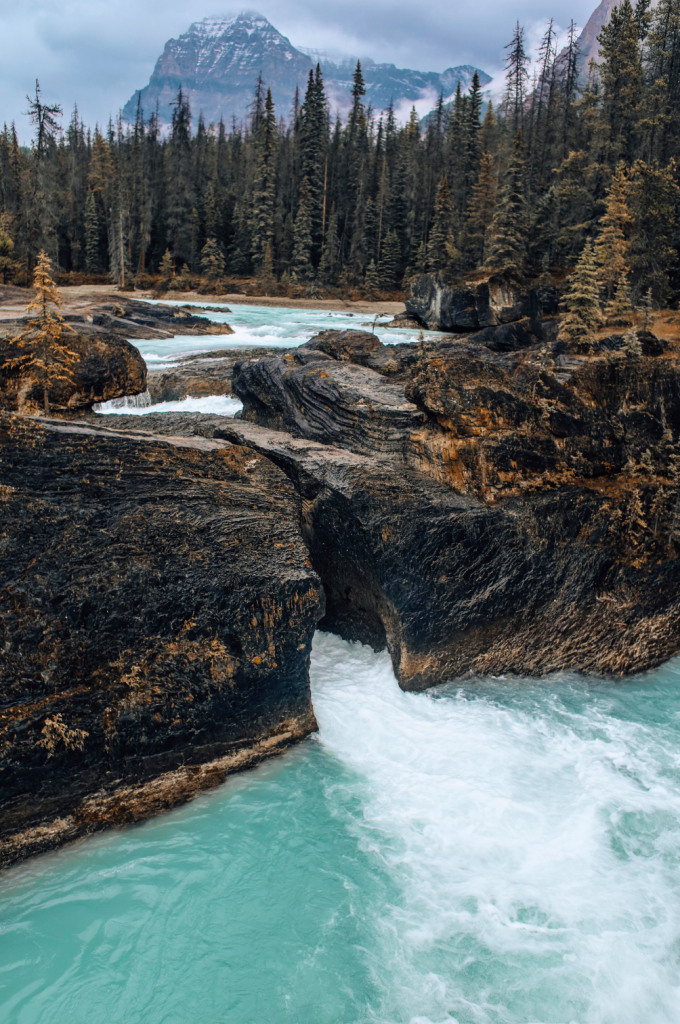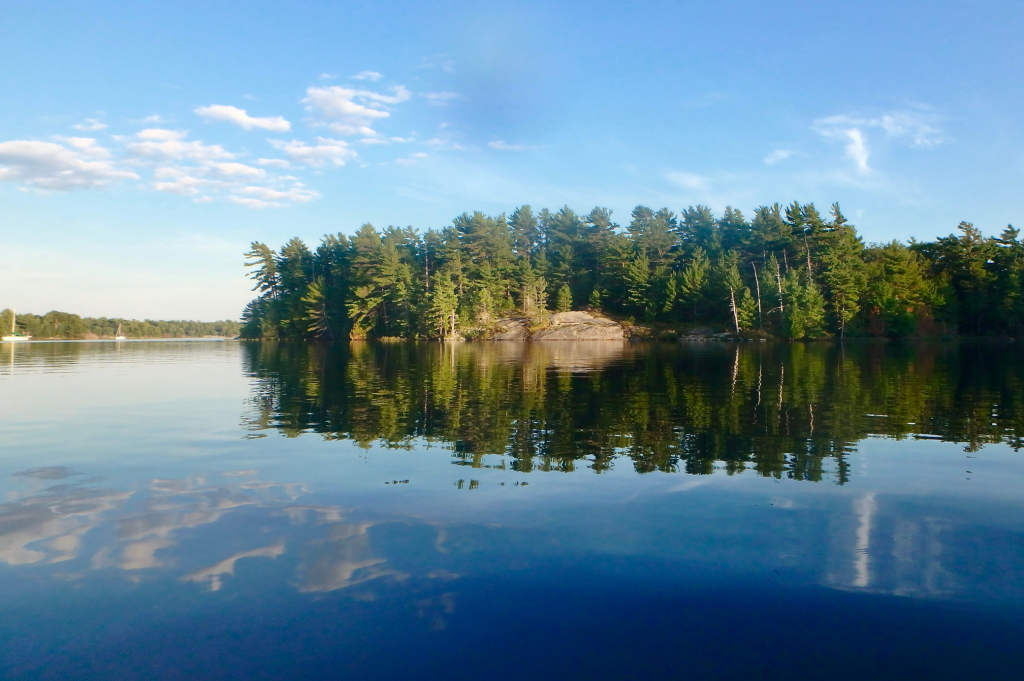Newcomer Guide to Canadian National Parks: Destinations and Essential Tips
This blog was written by the YMCA Newcomer Information Centre Information and Referral Specialist, Lena Samoilichenko.
Canada’s national parks are a natural beauty and adventure gold mine, both because of the breathtaking landscapes and a wide array of activities. Before exploring the beauty of these parks, we will provide you with some essential things to consider before you go on your adventure. Being prepared will help you make the most of your visit and ensure a safe and memorable experience.
Things to Consider Before Visiting a Canadian National Park
- Visit the park’s website for information on entry fees and permits required for various activities. Some parks may require daily or annual passes for entry, while specific activities like camping, fishing, or backcountry hiking might need additional permits.
- Check weather forecasts and road conditions, particularly in mountainous areas.
- Bring a first aid kit to address medical needs, bug spray to repel insects, and bear spray to protect against bears.
- Each national park has visitor centers that provide information on park activities, trail maps, and guided tours. Park rangers are available to assist visitors and ensure their safety.
- Respect wildlife by observing from a safe distance and storing food securely.
- Follow the “Leave No Trace” principles to help preserve these natural wonders. You can minimize your environmental impact by keeping all the trash with you, staying on designated trails, and respecting wildlife and other visitors.
Here are the lists of the most popular National Parks in Canada that offer a variety of activities. Please ensure that you check the Parks Canada website for the National Park’s visitor rules and guidelines for your own safety and to help preserve nature and wildlife.

National Parks in Canada
1. Banff National Park, Alberta
Banff is Canada’s oldest national park and a UNESCO World Heritage site known for its stunning mountain scenery, turquoise lakes, and endless hiking trails. You have the chance to visit Lake Louise, where the emerald waters reflect the surrounding glaciers, creating a beautiful view.
2. Yoho National Park, British Columbia
Yoho, which means “awe and wonder” in Cree, truly lives up to its name with its towering waterfalls, fossil beds, and the iconic Emerald Lake. Explore the trails around Lake O’Hara to see alpine meadows and crystal-clear lakes.
3. Mont-Tremblant National Park, Quebec
Mont-Tremblant National Park is a paradise for outdoor adventurers throughout the year. The park offers over 400 lakes and streams, perfect for canoeing, kayaking, and fishing during the summer months. In winter, the park transforms into a snowy wonderland perfect for cross-country skiing, snowshoeing, and even dog sledding.
4. Gros Morne National Park, Newfoundland and Labrador
Discover the stunning geological formations of Gros Morne, another UNESCO World Heritage site. Hike the Tablelands, where ancient rock formations from Earth’s mantle are exposed, or take a cruise through Western Brook Pond fjord for dramatic views.
5. Cape Breton National Park, Newfoundland and Labrador
Cape Breton Highlands National Park offers a captivating blend of coastal cliffs, lush forests, and panoramic ocean views along the Cabot Trail. Hiking trails provide opportunities to explore dramatic landscapes and spot wildlife like moose and bald eagles. The park is great for camping, cycling, and even whale watching along the coast.
National Parks in Ontario
1. Bruce Peninsula National Park, Ontario
Situated between Georgian Bay and Lake Huron, Bruce Peninsula National Park is renowned for its pristine waters and limestone cliffs. You can hike along the Bruce Trail, Canada’s oldest and longest marked footpath, and explore the iconic Flowerpot Island.
2. Rouge Urban National Park, Ontario
As Canada’s first urban national park, Rouge offers a unique blend of natural and cultural landscapes just outside Toronto. You can enjoy wetlands, meadows, and Carolinian forests while learning about Indigenous history and farming heritage.
3. Georgian Bay Islands National Park, Ontario
Accessible only by boat, Georgian Bay Islands National Park provides a peaceful retreat with wooded trails, rugged shorelines, and picturesque campsites. You can go kayaking through the maze of islands or relax on the sandy beaches of Beausoleil Island.

Canada’s national parks offer endless opportunities, and you can find activities for your preference, from thrilling outdoor activities to peaceful moments in nature. Remember to plan ahead, respect the natural environment, and immerse yourself in the beauty that these parks have to offer.
_________
Resource:
Leave No Trace – The Seven Principles of Leave No Trace






